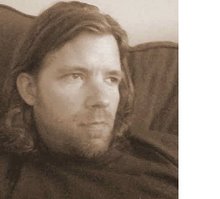
The most glaring message of the graphic is that sustainable solutions are a subset of our current knowledge. While we don’t know everything, from our experience we have gained quite a knowledge base of economic, environmental and social knowledge. Sustainability basically puts the lens of long term thinking on the options available to us and eliminates those options that do not take our long term interests into account. What remains is not “new” knowledge, but existing knowledge that supports society’s goals.
The graphic reveals another truth – sustainable solutions will exist in all three spheres. One of the ways our modern knowledge has developed is by dividing the fields of interest. Sustainable solutions, however, will contain elements of all spheres and will contradict our current perception of specialties. This makes sense, because these solutions focus on efficiency rather than the sprawling patchwork of systems that make up our modern life today. For example, we think of shelter as serving the social sphere. In a sustainable system, the home may become the centerpiece of the economic system because with the internet it can become the kernel of small home or community based businesses. Likewise, a sustainable home also becomes part of the environmental solution in its zero-energy use.
The graphic also visualizes the change ahead of us. The solutions do exist, but much of what we accept as normal today is also unsustainable. The inevitable truth is that systems will change and shrink. In order to achieve sustainability we will each have to “give up” some of what we take for granted today. For example, while cars are synonymous with individual freedom and expression, they have also been devastating to both the environment and human health. Mobility, however, is the trademark of our modern life. A practical, user-friendly but public mobility and transportation system will have to be implemented in order to get us where we need to be.
The graphic also acknowledges that sustainable solutions will be “different” from the current norm. What is considered “fringe” now may be part of the solution. For example, perma-culture has a strange title and may seem mystical or nebulous, but it’s actually a very practical approach to achieving permanent agricultural systems through land management techniques. I don’t believe anyone is anti-environment, but human nature is to resist what is unfamiliar. Our challenge is to clarify our social objectives and choose smarter ways of achieving them.



No comments:
Post a Comment